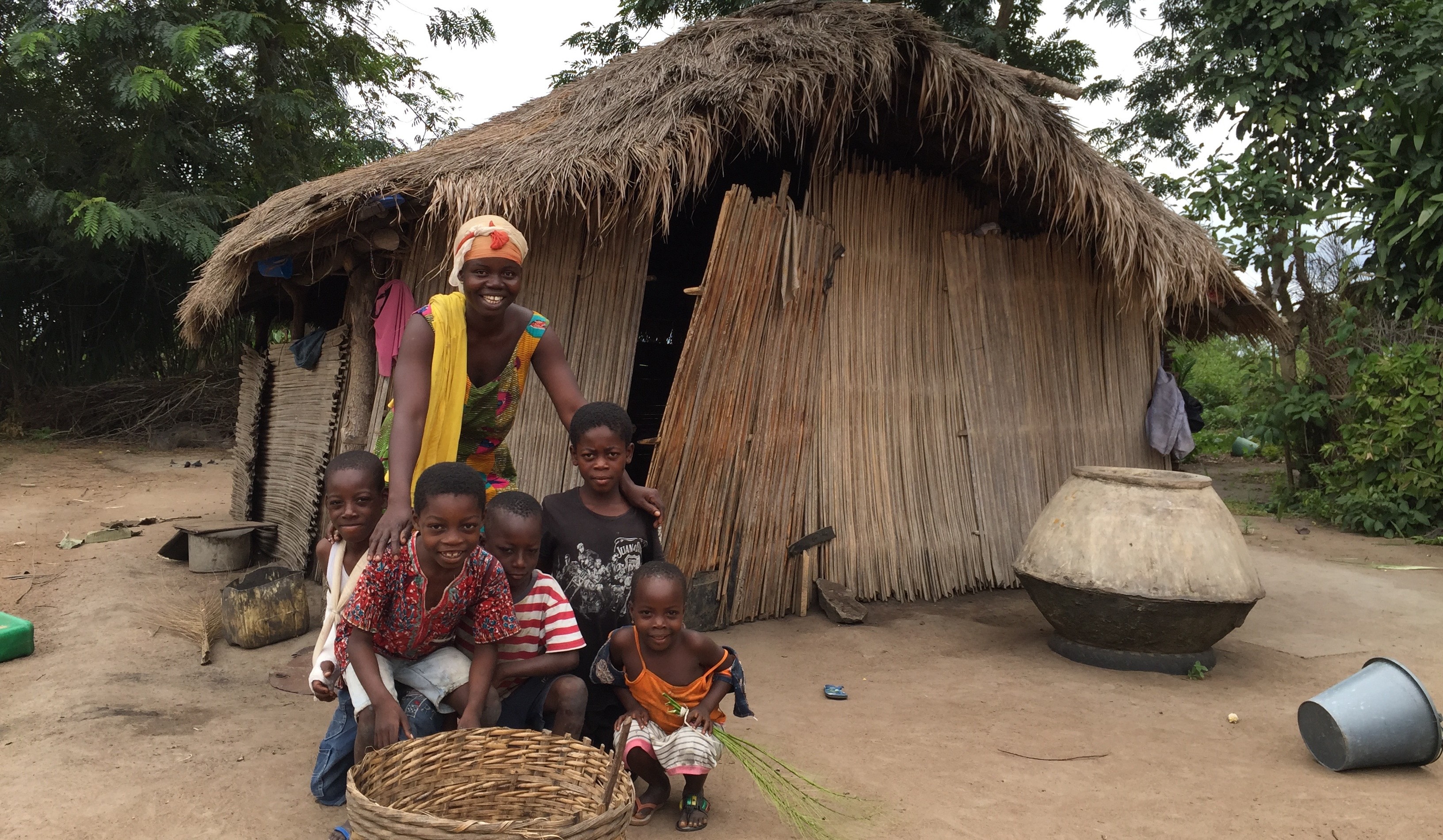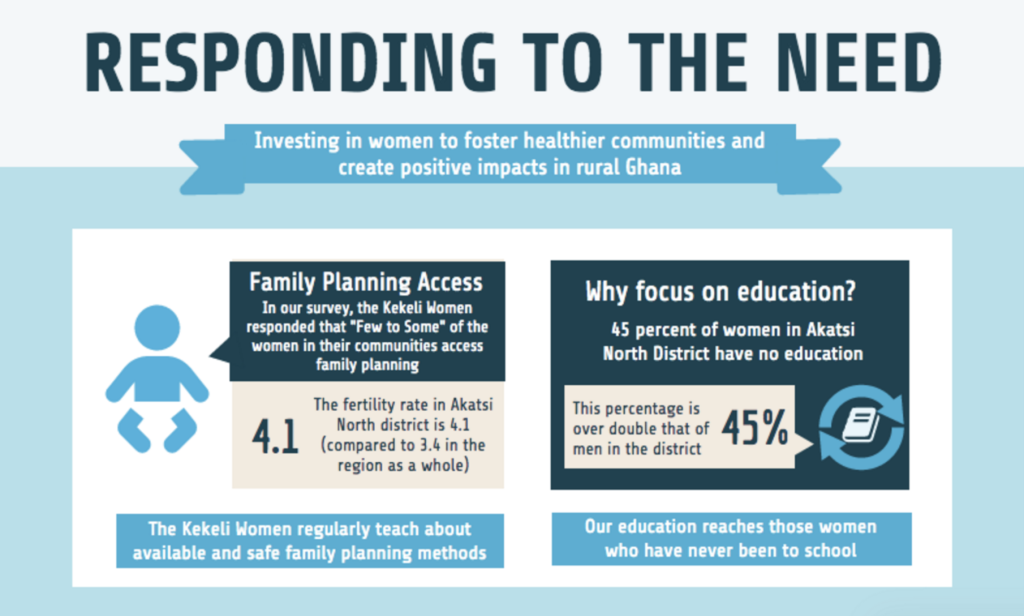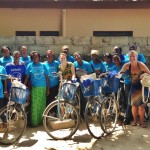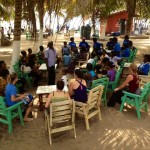In Ghana not all communities are created equal. The same applies when talking about the districts those communities are set within. Some are poor, others have electricity, many aren’t located on a major road, a subset still lack access to clean water. The communities where we work are similarly diverse.
When we set out to develop programs we want to be sure we are doing work that is needed and relevant. Our first source of input is the Kekeli Women themselves. They know their communities, their needs, and their desires.
But we also want to pay attention to the statistics. Which communities have higher death tolls? What are the causes of death? And why are those causes higher in one place but not another? However, good data is hard to come by. We don’t yet have the infrastructure to collect our own data and most of the data out there is not granular. That is, it doesn’t give us a good picture of the differences between communities or even districts. Rather, they are all lumped into regional or national numbers. So it is hard to make decisions based on data that is too general.
A snippet of the data we do have for Akatsi is summarized in the infographic below.
Ultimately, we are working in the Akatsi North and South Districts because this is the place RHC calls home in Ghana. We have developed relationships here and have a heart for the communities living within these borders. But we also want to use our (and your) resources in the areas of greatest need. So we keep our ears and eyes open, and find the data wherever we can. Take a peek.





